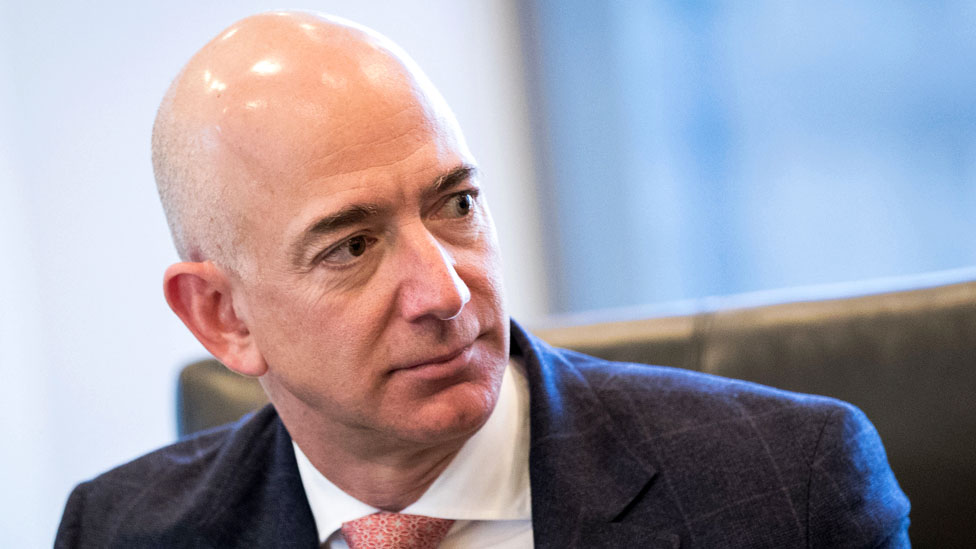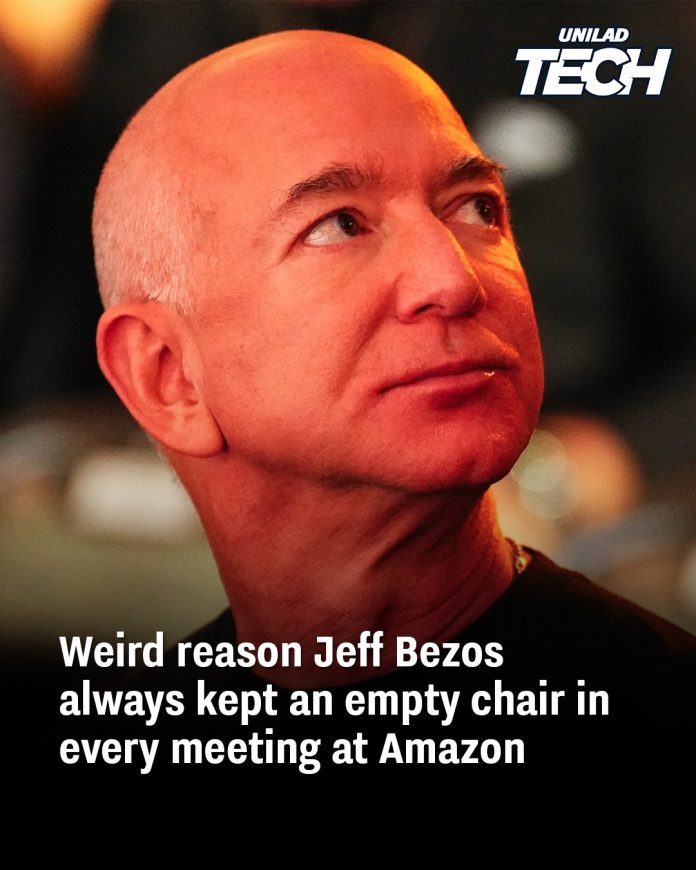Jeff Bezos, the founder of Amazon, is renowned for his innovative and customer-centric approach to business. Among his many unconventional strategies, one stands out for its simplicity and profound impact: the “Empty Chair Theory.” This practice involved placing an empty chair in every meeting to symbolize the presence of the customer, ensuring that their perspective remained central to all decision-making processes.

The Genesis of the Empty Chair
From Amazon’s inception in 1994, Bezos emphasized the importance of customer satisfaction. He believed that the company’s success hinged on its ability to understand and meet customer needs. To reinforce this philosophy, he introduced the practice of leaving an empty chair in meetings. This chair served as a constant reminder that the customer should always have a “seat at the table” when decisions are made.
The symbolism of the empty chair was powerful. It prompted team members to consider how their choices would affect the customer experience. By visualizing the customer’s presence, employees were encouraged to think more empathetically and prioritize customer satisfaction in their strategies.
Impact on Amazon’s Culture
The empty chair became more than just a symbolic gesture; it evolved into a core component of Amazon’s corporate culture. It instilled a mindset where customer obsession was not just encouraged but expected. This approach influenced various aspects of the company’s operations, from product development to customer service.
For instance, when discussing new features or services, teams would often ask, “What would the customer think?” or “How does this benefit the customer?” Such questions ensured that the customer’s voice remained integral to the conversation, even in their physical absence.
Complementary Practices
Bezos’s commitment to customer-centricity was further reflected in other company practices. One notable example is the “Two-Pizza Rule,” which stipulated that teams should be small enough to be fed with two pizzas. This rule aimed to maintain agility and effective communication within teams, ensuring that customer needs could be addressed swiftly and efficiently.
Additionally, Bezos discouraged the use of PowerPoint presentations in meetings. Instead, he advocated for narrative memos that provided a comprehensive analysis of topics. This practice encouraged deeper thinking and a more thorough understanding of issues, ultimately leading to better decisions that aligned with customer interests.

Broader Implications
The Empty Chair Theory has garnered attention beyond Amazon, serving as a model for other organizations aiming to enhance customer focus. By adopting similar practices, companies can foster a culture where customer satisfaction is paramount. This approach not only improves customer experiences but can also lead to increased loyalty and long-term success.
In conclusion, Jeff Bezos’s Empty Chair Theory exemplifies how a simple, symbolic gesture can profoundly influence a company’s culture and operations. By continually reminding employees of the customer’s presence, Amazon has maintained a steadfast commitment to customer satisfaction, solidifying its position as a leader in the e-commerce industry.

















